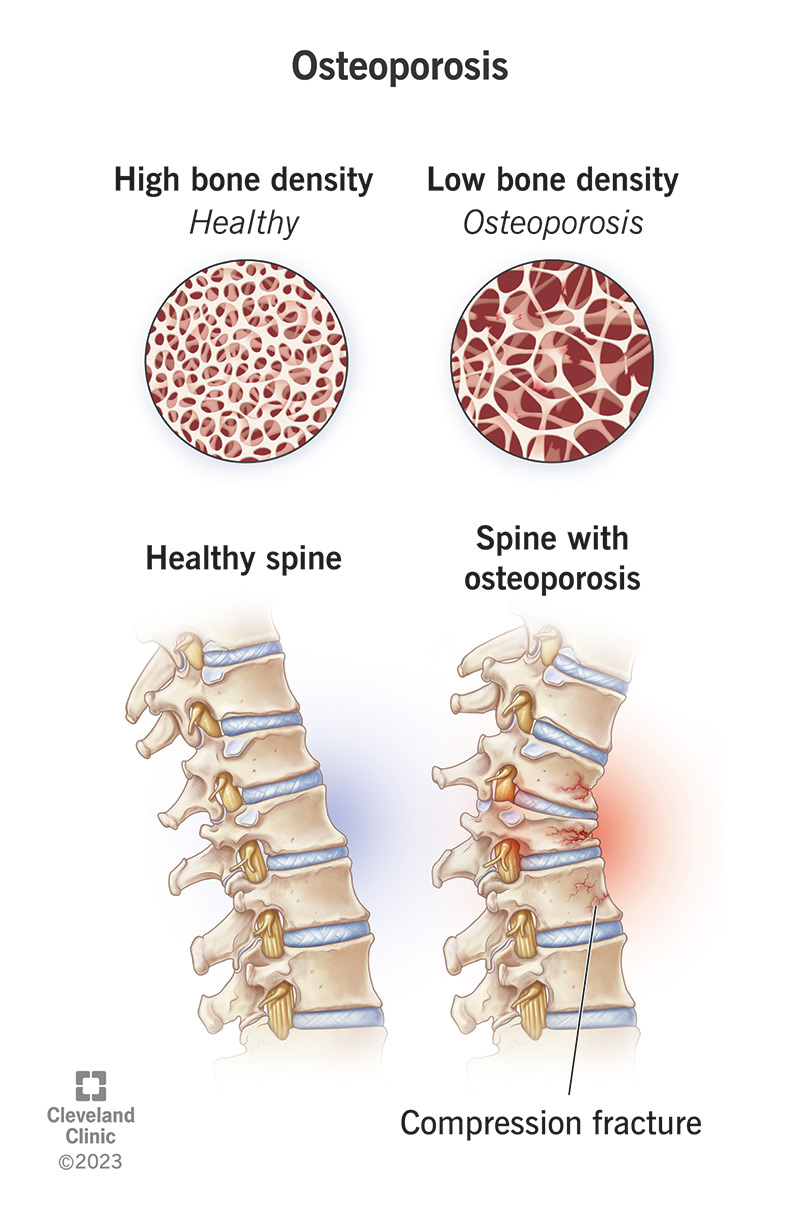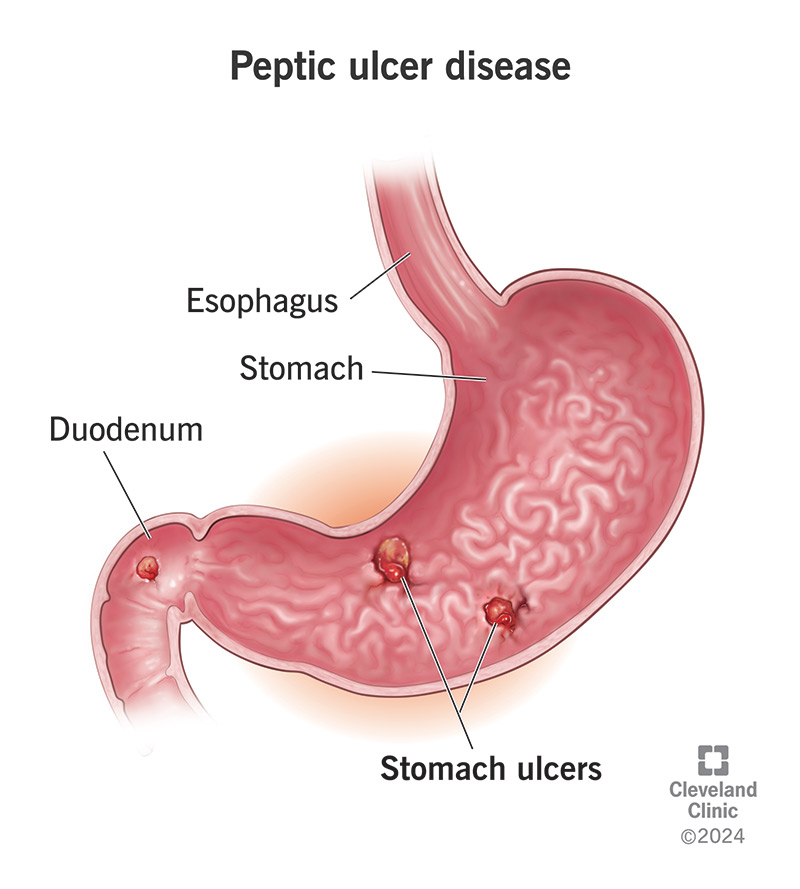A nurse is caring for an older adult client who has osteoporosis. Which of the following should the nurse recognize as the pathophysiology of osteoporosis?
Autoimmune disorder affecting the bones
Buildup of inflammation in the joints
Increase in calcium levels in the blood
Bone loss in the cortical and cancellous bones
The Correct Answer is D
Choice A Reason: Autoimmune disorder affecting the bones
Osteoporosis is not an autoimmune disorder. Autoimmune disorders involve the immune system attacking the body’s own tissues, which is not the case with osteoporosis. Osteoporosis is primarily characterized by a decrease in bone density and mass, leading to fragile bones.
Choice B Reason: Buildup of inflammation in the joints
While inflammation can affect bone health, osteoporosis is not primarily caused by inflammation in the joints. Conditions like rheumatoid arthritis involve joint inflammation, but osteoporosis involves the loss of bone density and strength, not joint inflammation.
Choice C Reason: Increase in calcium levels in the blood
An increase in calcium levels in the blood is not a characteristic of osteoporosis. In fact, osteoporosis often involves a decrease in bone calcium content, leading to weaker bones. Hypercalcemia, or high calcium levels in the blood, is associated with other conditions such as hyperparathyroidism.
Choice D Reason: Bone loss in the cortical and cancellous bones
This is the correct description of the pathophysiology of osteoporosis. Osteoporosis involves the loss of bone density in both the cortical (hard outer layer) and cancellous (spongy inner layer) bones. This loss leads to bones becoming brittle and more susceptible to fractures.

Nursing Test Bank
Naxlex Comprehensive Predictor Exams
Related Questions
Correct Answer is C
Explanation
Choice A Reason:
Monitoring for changes in urine color, such as maroon or red-colored urine, is not typically associated with peptic ulcers. These changes could indicate other conditions, such as urinary tract infections or kidney issues.
Choice B Reason:
Ecchymosis, or bruising, on the sides of the abdomen or pelvic areas is not a common symptom of peptic ulcers. This could be related to other medical conditions, such as trauma or bleeding disorders.
Choice C Reason:
This is the correct answer. Dark or black-colored stool, known as melena, can indicate gastrointestinal bleeding, which is a serious complication of peptic ulcers. It is crucial for patients to monitor their stool color and report any changes to their healthcare provider immediately.
Choice D Reason:
Monitoring for unintentional weight gain is not directly related to peptic ulcers. While weight changes can be a sign of various health issues, they are not specific indicators of complications from peptic ulcers.

Correct Answer is ["A","B","D"]
Explanation
Choice A Reason: Pupillary dilation
Pupillary dilation can be a sign of increased intracranial pressure or brain injury, which are potential complications following a motor vehicle accident with a loss of consciousness. Assessing for changes in pupil size and reactivity is crucial in identifying neurological impairments that may require immediate intervention.
Choice B Reason: Persistent headache
A persistent headache is a common symptom following a traumatic brain injury (TBI) or concussion. It can indicate ongoing issues such as intracranial bleeding or increased intracranial pressure. Monitoring the severity and duration of the headache is important for determining the need for further medical evaluation and treatment.
Choice C Reason: Presence of hand tremors
Hand tremors are not typically associated with acute brain injuries resulting from a motor vehicle accident. They are more commonly linked to conditions such as Parkinson’s disease, essential tremor, or other neurological disorders. While tremors should be noted, they are not a primary concern in the context of post-accident assessment.
Choice D Reason: Difficulty waking
Difficulty waking, or altered level of consciousness, is a significant indicator of potential brain injury or increased intracranial pressure. It is essential to monitor the client’s level of consciousness closely, as changes can signal worsening neurological status and the need for urgent medical intervention.
Choice E Reason: Foot drop
Foot drop is a condition characterized by difficulty lifting the front part of the foot, often due to nerve damage or muscle weakness. While it can occur in the context of neurological injury, it is not a primary manifestation to assess for immediately following a motor vehicle accident with a loss of consciousness. The focus should be on more acute signs of brain injury.
Whether you are a student looking to ace your exams or a practicing nurse seeking to enhance your expertise , our nursing education contents will empower you with the confidence and competence to make a difference in the lives of patients and become a respected leader in the healthcare field.
Visit Naxlex, invest in your future and unlock endless possibilities with our unparalleled nursing education contents today
Report Wrong Answer on the Current Question
Do you disagree with the answer? If yes, what is your expected answer? Explain.
Kindly be descriptive with the issue you are facing.
